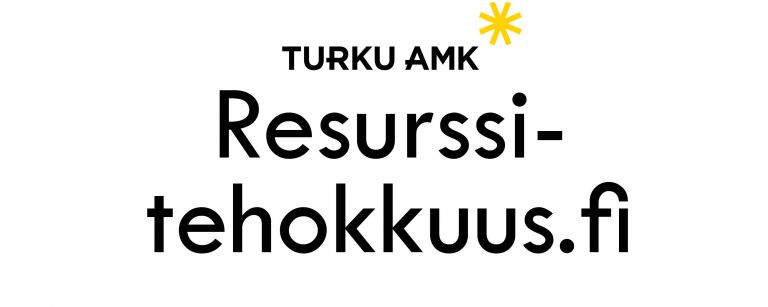Daniela Kunzig's experiences in a research hatchery

In the beginning of September, I started my exchange period at TUAS. Soon I recognized that the teaching in TUAS is completely different than in my home university. In general, much more group as well as individual work. Especially one course stands out related to this, the research hatchery. Not knowing anything about a research hatchery, I started the course. I understood the RDI project as a totally different learning method were the main focus is to experience a new topic in a multidisciplinary and multicultural team.
The subject we worked on was recycling in 3D printing. Some of us knew already some basics about 3D printing but no one really heard about recycling possibilities. Since the beginning I’ve been curious what I have to aspect. Are there really already possibilities to recycle in 3D printing? And if so how should that work?
The significance of our work was to mainly to do a benchmarking about what already exists and what could be possible in the near future. As our main resource we used the internet and searched for almost everything related to recycling in 3D printing. Our work included also some visits related to 3D printing. Already in the first research we found an enormous amount of information. Nobody of us expected that there is almost so much going on.
My group included 8 people from different cultural background. The majority was Spanish but we also had one guy from Ukraine and within me, two German. But not only the nationality differs, we also had different field of studies like engineering or business with different specializations. This diversity of people was a big advantage for the project. We had different ways to work and different ideas which helped us to get a totally different perspective on the subject and increased the creativity of the group. One thing I enjoyed in general during my whole exchange was to work and communicate with different cultures. This is also a reason why I totally enjoyed the work in the research hatchery. It’s nice to work together with people that are interested in the subject and aiming to get an excellent output.
During 3 months, we met weekly, researched, reported, visit and presented different stuff related to 3D printing in general and recycling in 3D printing. Our final report was over 70 pages long and gave a great overview to the whole topic. It included recycling in general, 3D printing in general and then both combined. Our aim was it to not only give a short introduction. We wanted everybody who would read that report to understand the importance of the topic. We also included some ideas about the future for example how recycling in 3D printing could be included in a circular economy. All in all, I can say that I’m really satisfied with our results.
My feelings related to our topic are quite positive. It seems like there is almost much going on to enhance recycling in 3D printing. Even though there are some issues related to quality, I’m pretty sure that they will be solved in the near future. Recycling in 3D printing would be a big step to a circular economy and is something we could all profit from. No use of raw materials, decrease air and water pollution and much more advantages is something we can expect.
Text and image: Daniela Kunzig
